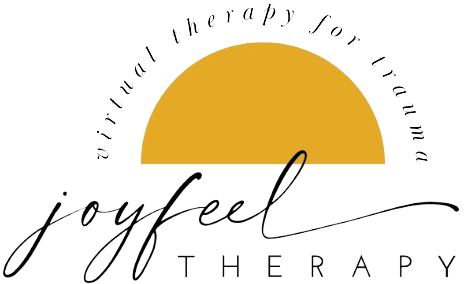EMDR for Childhood Trauma: How It Can Help You Heal
They say that your past shapes you into the person you are today. Your core memories, relationship with your caregivers, and earliest experiences help to mold you into the person you become as an adult. Unfortunately, this includes the good and the bad. For example, childhood trauma can leave deep, emotional scars that can stay with you into adulthood.
Painful experiences like abuse, bullying, or neglect can negatively impact your self-view, how you function each day, and your relationships. If your body and brain hold onto these painful memories and experiences, you may wonder how to release them and move forward.
This is where eye movement desensitization and reprocessing (EMDR) comes into play. This is an evidence-based form of therapy that has been proven to be highly effective, especially when it comes to helping individuals heal from trauma. Let’s learn more about EMDR for childhood trauma and how it can help you heal.
What Is EMDR?
EMDR is a form of therapy that helps individuals process and reduce any distress or pain from past memories. Unlike traditional forms of talk therapy, EMDR focuses more on helping the brain reprocess painful memories. During a session, a person will focus on a traumatic memory instead of having to talk about their memories, feelings, and thoughts openly.
EMDR uses bilateral stimulation through eye movements, tapping, or various sounds. The process activates both hemispheres of the brain and allows memories that cause significant distress to be moved to long-term storage. This doesn’t cause you to forget the trauma, but it reduces the emotional pain it once caused.
Why Childhood Trauma Stays With Us
Our brains continue to develop throughout childhood. This time is crucial for how we view ourselves, the world, and others. When the body and brain are exposed to potential threats, they activate the fight-or-flight response. The body’s normal functions go into hyperdrive as a way to protect and defend itself from further threats. Negative life experiences can be improperly processed, especially in cases like childhood trauma, where there is a lack of support or feelings of safety. When the memories aren’t processed, they become frozen or stuck in the nervous system, which can continue to affect our behaviors, emotions, and thoughts even after the trauma has passed.
Why EMDR Is Effective for Childhood Trauma
It helps target the root of your pain.
EMDR helps address the memories that actually cause the symptoms you’re struggling with rather than just treating the symptoms. Targeting the root cause of your pain can lead to deeper healing.
It builds self-compassion.
A lot of childhood trauma survivors live with shame and guilt. EMDR helps replace these negative thoughts and feelings with more positive and realistic ones, promoting a sense of empowerment.
You don’t have to talk about what happened.
A lot of people avoid going to therapy because they don’t want to continue to relive their negative life experiences. EMDR doesn’t require you to discuss the details of what happened. EMDR is a beneficial therapy option for healing without having to recount every single painful detail and memory.
It taps into your brain’s natural healing ability.
Did you know that the brain has a built-in capacity to process and resolve trauma? EMDR helps to tap into your brain’s natural healing ability.
Next Steps
If you’re considering EMDR therapy, it’s important to find and work with a licensed and trained mental health professional. EMDR requires someone who has the training, skills, safety, and trust to allow you to work through something as sensitive and painful as childhood trauma.
Childhood trauma can leave long-lasting marks, but it doesn’t have to define who you are or your future. It’s time to mend the painful past and move forward. Reach out today to learn more about EMDR therapy and begin your healing journey.

